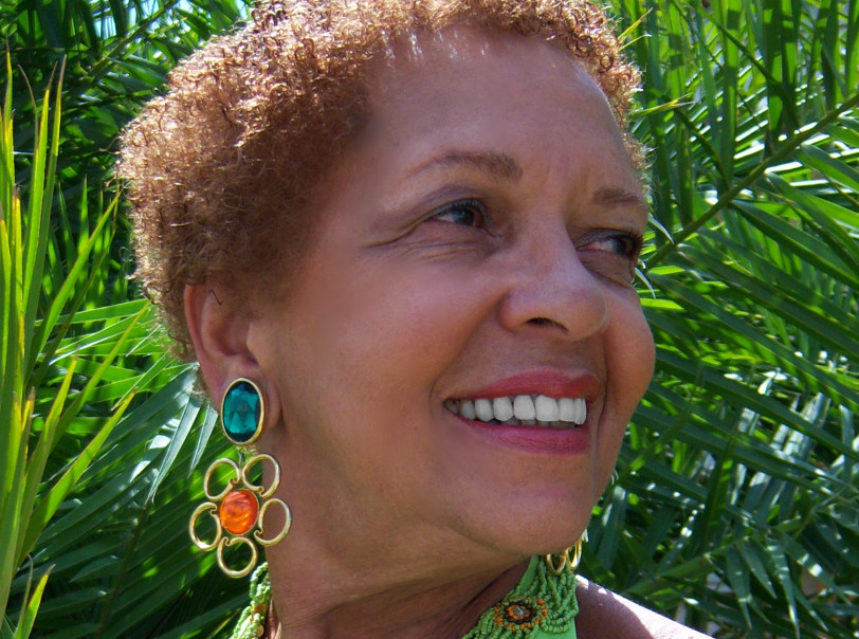Filling the Cup

Each weekday morning, I “invite” Roland Martin into my home to join me at the breakfast table. His program, “News One Now” is a must see for anyone truly interested in issues that affect Black America.
My readers know that in my world view, the cup is half full; not yet perfect, but steadily moving in a positive direction. Roland tends to see the cup half empty: he pushes, prods, and challenges in the area of America’s racial shortcomings. We need people like him so as not to ever regress into complacency.
But this particular morning, Roland was happy as he announces that he would be previewing the NAACP Image Awards. For Blacks in the film industry, 2013 was a banner year gaining recognition not just within the Black awards community but in the broader film industry at large.
As a very young child, I remembered adoring Hattie McDaniel in Gone With the Wind. Miss Hattie was also the beloved Beulah who I listened to on radio. She was loving, amusing and, most importantly, she was black like me. By the time I reached junior high, I had already been chastised for admiring this fine actress. Because she portrayed a slave and later a servant, she represented the limitation and stereotyping of the movie business.
The film industry is driven by the dollar, one of Roland’s guests pointed out. Hollywood traditionally limited opportunities for Blacks, justified by the notion that Black films and actors can’t fill movie house seats: i.e. ticket sales just won’t measure up. But in 2013, they were proven wrong. In one year, six major Black films drew millions of dollars from the American public as a whole. Trust me, these millions of dollars in ticket sales did not come just from Black folk.
On February 22, the evening of the NAACP Image Awards, prominent Black films were showcased, headed by Twelve Years a Slave, The Butler, Mandela: Long Walk to Freedom, and 42, the story of Jackie Robinson. Directors Lee Butler and Malcolm Lee were honored along with a host of Black actors. Most noteworthy was the presence of Cheryl Boone Isaacs as the first Black President of the Academy of Motion Picture Arts and Sciences.
As I watched the awards ceremony, I reflected back on Miss Hattie. Her heritage is respected in today’s films. Whether cast as slaves, butlers, world leaders, or sportsmen, the lead characters are depicted as heroic, strong of character and worthy of emulation. What a blessing it would be for Miss Hattie to be working in present day Hollywood, expressing her talent in films that honor our shared history and offer messages of upliftmenf for all people.
Our stories are an integral part of society as a whole; White America is realizing this and backing up their more inclusive attitudes with their box office dollars. The half full cup is inching closer to the brim.
Author of You CAN Go Home Again
Check out my e-book on Amazon: http://amzn.to/U3NfzG






After reading your blog post, I was prompted to rent a movie. (There is a LOT to choose from!) I ended up watching The Butler. I was swept away, into the lives of rich characters and I absolutely loved the story.
This is wonderful, Laura. I hope more people are inspired to follow your lead.
Ah, Amy, dear friend, you optomist, you! If our history follows others e.g. Jewish history, we’ve got thousands of years ahead of us . . . patricia
Hey, Patricia … Optimists rock!